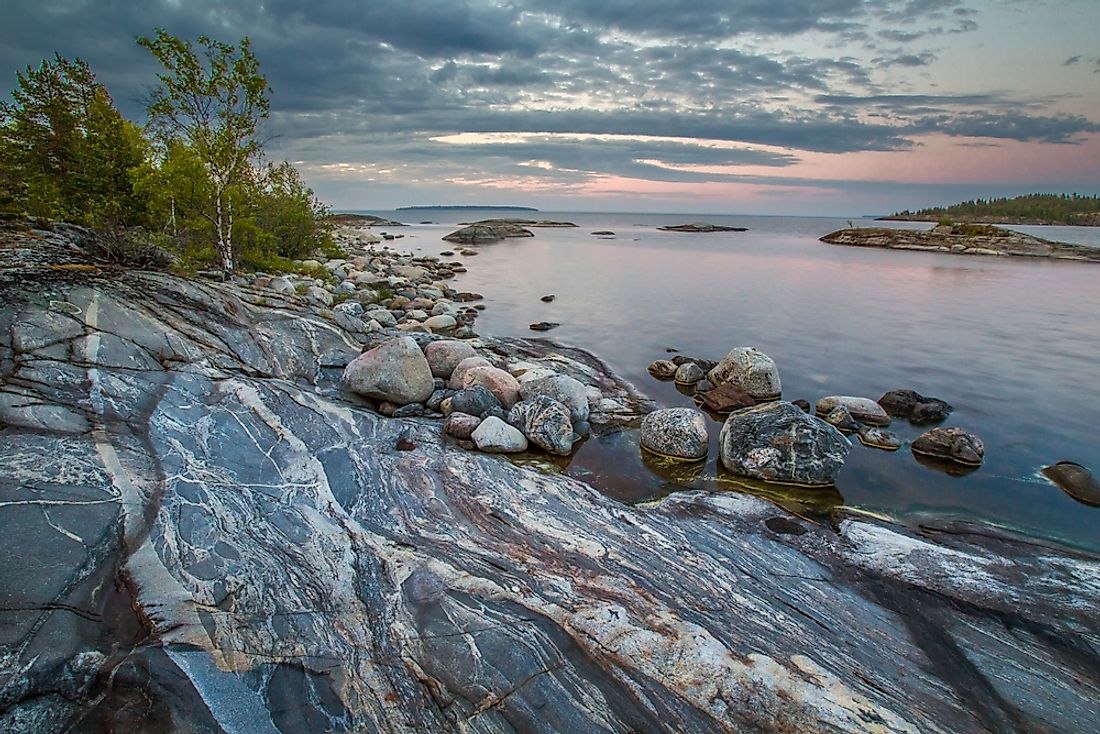Where Is Karelia?

Karelia is a region in Northern Europe that is of historical significance to Sweden, Russia, and Finland. The region is currently divided into Leningrad Oblast and the Republic of Karelia in Russia, and North and South Karelia in Finland. In Finland, the regions of North and South Karelia are known as Karjala.
History of Karelia
In the early 13th century, Karelia was a region contested by the Novgorod Republic and Sweden. The conflict continued until 1323, when the region was divided between the two countries under the Treaty of Nöteborg. In 1617, Russia and Sweden engaged in a conflict that resulted in Russia ceding part of Karelia to Sweden as part of the Treaty of Stolbovo. After the region was placed under Swedish rule, thousands of Karelians migrated to Russia. In 1721, the Treaty of Nystad ceded part of Karelia to Russia, while the Treaty of Åbo in 1743 led to Russian occupation of South Karelia. A series of wars and resulting peace treaties caused the region change hands between Sweden, Russia, and Finland. In 1922, the Soviet Union was established, and Russian Karelia became an autonomous region. In 1939, the Soviet Union launched an offensive against Finland and captured Finnish Karelia, forcing over 400,000 people to migrate to Finland.
Geography of Karelia
Karelia stretches from the coast of the White Sea to the Gulf of Finland. The two largest lakes in Europe, Lake Onega and Lake Ladoga, are located in Karelia. The region north of Lake Ladoga was Finnish territory before the Second World War and is referred as Ladoga Karelia.
Demographics of Karelia
The Republic of Karelia and the Tver Region of Russia speak the Karelian language, while the Veps language is spoken on the banks of River Svir. The Karelian dialects of the Finnish language are spoken in Ingria. About a million people living in Finland trace their roots to the land ceded to the Soviet Union during the Second World War, but less than 5,000 speak the Karelian language. A few Finnish campaigners advocate for closer ties between Finland and the Karelia ceded to Russia, but do not include the requisition of the territory ceded.











